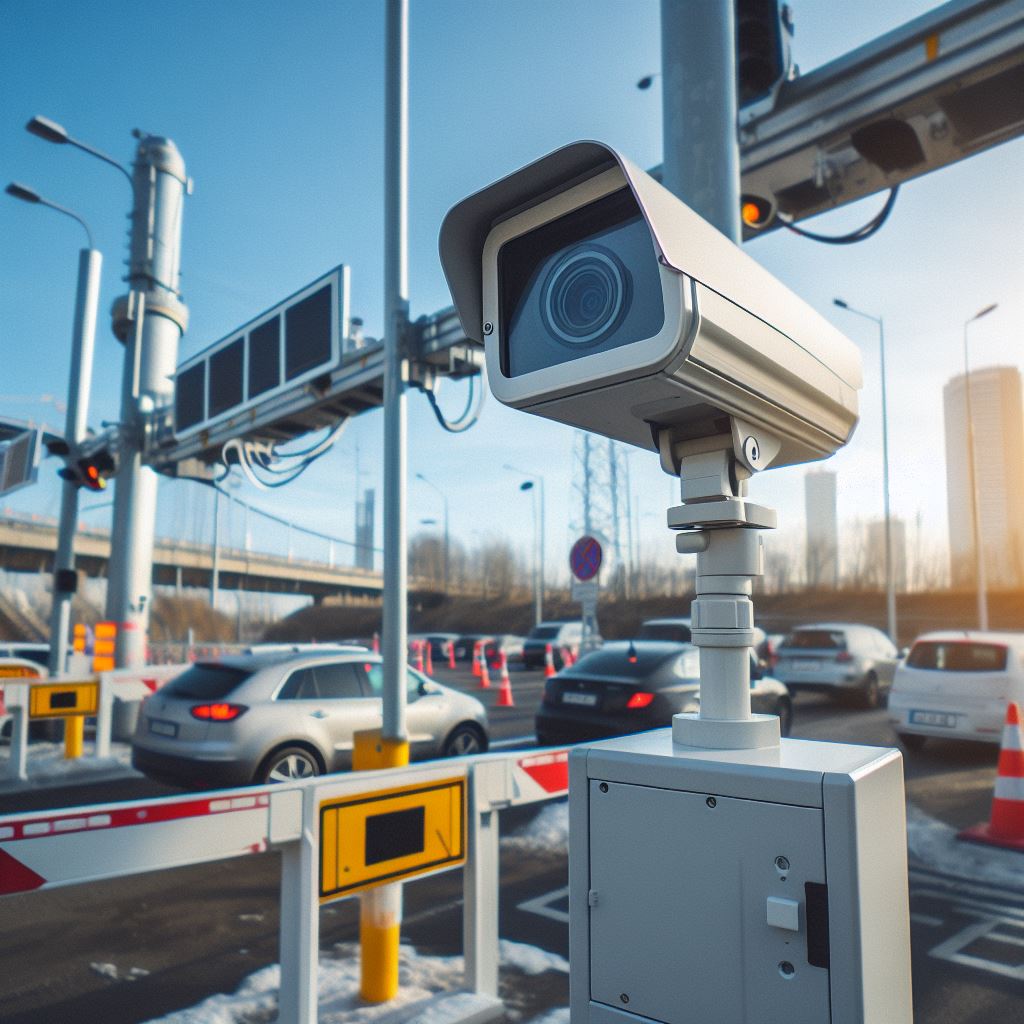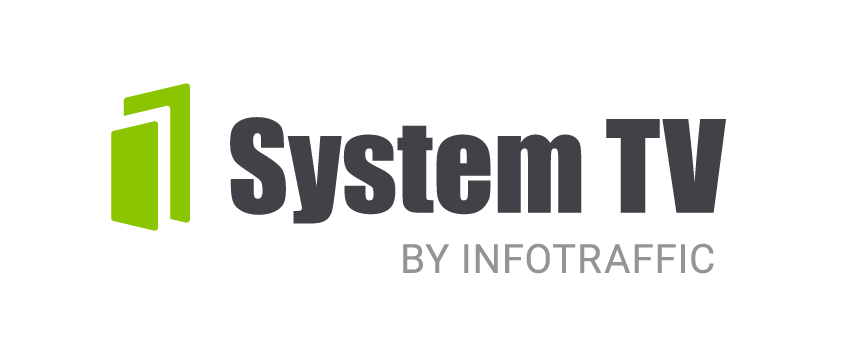What are LPR Cameras? In this article, we delve into the world of LPR cameras, exploring their functionality, benefits, accuracy, and optimal installation strategies. Whether you’re a curious observer seeking to understand the LPR technology or a business owner exploring innovative solutions for traffic management, this article promises to shed light on the fascinating world of LPR cameras and their transformative potential.
LPR Camera? What is it?
License Plate Recognition (LPR) cameras, better known as Automatic Number Plate Recognition (ANPR) cameras in Europe, are dedicated devices designed for the detection, capture, and logging of vehicle license plates. Utilizing advanced technology, LPR cameras employ algorithms of Optical Character Recognition (OCR) to extract characters from captured license plates, thereby automating the process of plate reading.
These cameras offer several distinctive features. Firstly, they serve as time-saving devices by incorporating captured license plate data into databases, eliminating the need for manual entry as required with traditional License Plate Capture (LPC) systems. Secondly, LPR cameras are user-friendly due to their autonomy, requiring no personnel for operation. Additionally, their portability and versatility make them easy to install and deploy in various locations.
Primarily utilized in traffic management and in law enforcement for crime investigation, LPR cameras are also employed in parking lots. In this article we’ll delve deeper into their applications within parking facilities.
Which type of LPR Camera should I use?
Within the realm of License Plate Recognition (LPR) cameras, there exists a diverse array of models tailored to specific needs and environments. Each type of LPR camera boasts unique features and capabilities, allowing for flexibility in implementation and optimization of performance. Let’s explore 3 different types of LPR cameras:
1. Fixed LPR Cameras
These cameras are permanently mounted in a fixed location, such as at entry and exit points of parking lots, toll booths, or along highways. Fixed LPR cameras offer consistent monitoring and can be integrated into existing surveillance systems for comprehensive coverage. In the product category, the Fixed LPR Camera segment holds the largest market share, accounting for over 65% of the total.
2. Mobile LPR Cameras
Designed for temporary or mobile applications, these cameras are mounted on vehicles, trailers, or poles, allowing for rapid deployment in various locations. Mobile LPR cameras are often used for law enforcement operations, traffic monitoring, or event management
3. Portable LPR Cameras
Similar to mobile cameras, portable LPR cameras offer flexibility in deployment but are designed to be easily moved by personnel. These cameras are ideal for temporary surveillance needs, such as monitoring construction sites, special events, or temporary parking areas.
How accurate is the LPR Camera?
LPR cameras are renowned for their exceptional precision, boasting an accuracy rate of 99% or higher. They utilize high-quality imaging technology, ensuring clear and sharp images regardless of weather conditions or lighting.
These cameras are capable of reading license plates even on vehicles traveling at speeds of up to 130 mph. With a swift read time of less than or equal to 20 milliseconds, LPR cameras efficiently process and identify license plates, making them a reliable tool for data collection and analysis.
Where should I install LPR Cameras?
When installing LPR cameras, it’s essential to focus on specific choke points rather than covering large areas. For parking lots, it’s recommended to place an LPR camera at each entrance and exit, targeting a single lane for optimal efficiency.
The ideal height for an LPR camera is between 2 to 6 meters, providing an angle of approximately 30° with the vehicle’s license plate. This angle ensures optimal capture and recognition of license plate data. The height should be adjusted based on the distance between the camera and the vehicle, which ideally should be less than 21 meters for accurate readings. Adjusting the camera’s height accordingly ensures optimal performance and accuracy in capturing license plate information.
Why should I use LPR Cameras for my Parking lot?
Here are 5 reasons why you should use LPR cameras for your parking facility. Keep in mind that you should use one single LPR camera per lane as it is sufficient for effective monitoring.
1. Streamlined Traffic Flow
LPR cameras eliminate the need for triggers and manual badge usage, leading to smoother traffic flow within the parking lot.
2. Enhanced Customer Experience
With reduced wait times and no risk of lost tickets, customers enjoy an improved parking experience. For frequent visitors or subscribers, LPR systems can be integrated with loyalty programs, allowing for seamless access and payment processes. This level of automation and convenience adds an extra layer of value to the customer experience, setting businesses apart in a competitive market.
3. Reduced Pollution
By minimizing the time spent waiting for parking access, LPR cameras contribute to a reduction in vehicle emissions and environmental pollution.
4. Increased Revenue
LPR cameras optimize parking space occupancy therefore leading to higher revenue generation for parking lot operators.
5. Unique Parking Service
Implementing LPR cameras transforms your parking lot into a unique service offering, combining efficiency, convenience, and environmental consciousness.

What is the price of LPR Cameras?
Determining the cost of a License Plate Recognition (LPR) camera involves various factors such as the camera’s specifications, features, brand, and additional services or software included. Generally, LPR camera systems are an investment tailored to the specific needs and requirements of the application.
At the lower end of the spectrum, basic LPR camera systems may start at a few hundred dollars per camera (you can find an entry-level LPR camera for around $500). These systems typically offer standard features such as license plate capture and basic analytics capabilities. However, as the complexity and capabilities of the LPR system increase, so does the cost.
Mid-range and high-end LPR camera systems, offering enhanced features such as higher resolution imaging, advanced analytics, and integration capabilities with other security or management systems, may range from several thousand to tens of thousands of dollars per camera.
In addition to the initial hardware cost, it’s essential to consider ongoing expenses such as maintenance, software updates, and any additional licensing fees for advanced features or analytics software.
Ultimately, the cost of an LPR camera system depends on various factors, and businesses or organizations seeking to implement such technology should carefully evaluate their needs and budget to select the most suitable solution. While the initial investment may seem significant, the benefits in terms of improved security, efficiency, and operational insights can often justify the expense over time.
In conclusion, the implementation of License Plate Recognition (LPR) cameras represents a significant leap forward for many stakeholders thanks to their unparalleled accuracy, efficiency, and versatility. Whether it’s improving traffic management, enhancing security, or optimizing parking facilities, LPR cameras continue to play a vital role in shaping the future of surveillance and automation.
The LPR Cameras market worldwide attained a value of USD 381 million in 2020, and projections indicate that it will escalate to USD 682 million by the end of 2027, reflecting a compound annual growth rate (CAGR) of 8.5% over the period spanning from 2021 to 2027.


